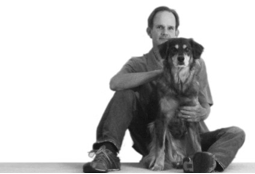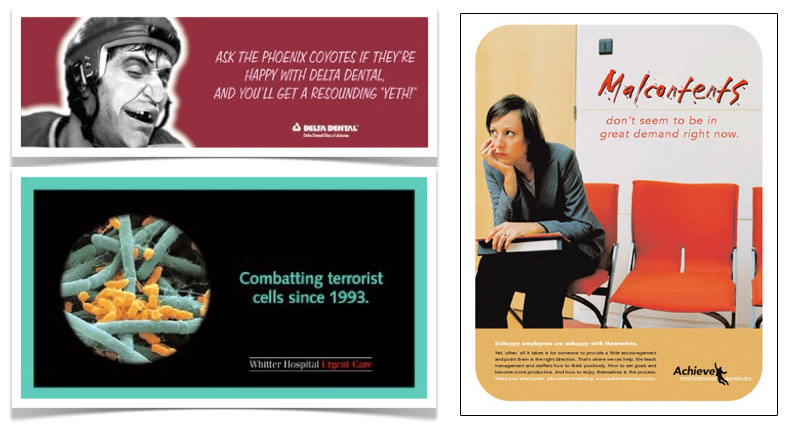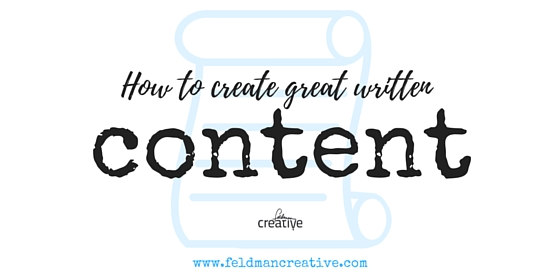COPYCATS:
Edition #1 with John Runk
He’s one of advertising’s headiest headline writers.
Here, he dogs on the formula approach to copywriting.

I’m going to call this series “Copycats,” and in each edition, strive to get a pair or more of copywriters on the same page talking about their craft. Though I’ve read the work of many great copywriters, I only know one. He’s a very good friend and one helluva’ scribe. Beside word-slinging, John and I have about 47 more things in common, so we shoot the breeze often. I agreed not to razz him about his last place MLB team, so he agreed to spend 30 minutes on the phone with me. I asked him about headlines and words of wisdom spewed forth.
I began by asking for his take on the headline’s purpose.
The short answer is to get attention. So that opens up the question, how do you get attention? There are a lot of answers to that question.
So do you call on the gazillions of online articles that offer proven formulas for effective headlines?
I don’t think so. I think you have to gauge who your audience is and what motivates them. If you’re running a retail ad the way to get attention might be the price. If you’re trying to introduce your company or your product you probably have to be engaging or entertaining, otherwise nobody cares. If you’re trying to persuade somebody you probably have to use some language that features news or gets attention in some way. You just can’t be ordinary because in a crowded marketplace, ordinary gets overlooked.
It seems like a lot of so-called experts want their audience to believe a headline should be a certain length. How many words should a headline be?
As many as necessary to get the reader to keep reading. There is no formula that substitutes for thinking through your problem. You have to understand the problem, who you’re talking to, and what you want them to do. If you follow formulas, you’re not thinking about any of this stuff. There aren’t enough formulas for all the actual situations and challenges copywriters face.
Some of your most entertaining headlines are really long.
Isn’t that a no-no?
If you listen to the people with the secrets, yeah, it’s a no-no. Really, the only way to respond to this question is to say “it all depends.” It depends on the media you’re working in. If you only have your reader for a very brief time, yeah, you want to use less words. So if you’re writing for a billboard you have to use short headlines.
What about the tried and true tricks copywriters tend to offer such as “ask a question,” “start with ‘How to’ statement” and that sort of thing. Do you have a grab bag of these you reach into?
No, but I’ll offer a few tips of my own. Don’t be boring. If you go with a formula the chances are it’ll be just like a lot of other headlines and the audience will zoom right by.
I think by going with a standard best practice kind of headline sort of sets off the reader’s radar and they know they’re being advertised to and nobody likes that. They think they’re being manipulated and sold, so they stop listening. Your line needs to feel new and fresh.
A second tip: try to give the audience something, maybe a smile, a chuckle or something that evokes an emotion.
I quote from a blog I read yesterday: If you don’t know how to write a good headline, study the successful ones you see and use them for your “swipe” file. Do you agree with that?
I actually do, but I want to add a word of caution. Yes, look at other headlines, but don’t copy them. Try to understand WHY they work.

Veteran copywriter John Runk recommends avoiding the ordinary. If you want people to care, he says your headlines must be engaging and entertaining.
John Runk is a freelance writer/creative in the San Francisco Bay Area. In addition to stringing sentences together, he helps clients clarify communication objectives, develops creative strategies, suggests budget-conscious approaches, defines clear messages, and executes them to get the audience’s attention. Visit him here: www.johnrunk.com


![How to Write Powerful Headlines for Your Online Content [Infographic] How to Write Powerful Headlines for Your Online Content [Infographic]](https://feldmancreative.com/wp-content/uploads/2019/04/Screen-Shot-2019-04-19-at-5.38.54-PM.png)



Comments
Important headline | Kgagatbilar
[…] How to write headlines nobody likes. | Feldman CreativeSep. The most important headline writing tip ever: forget about tips. Barry Feldman: September 12, 2011 | Best practices for copywriting | No Comments » … […]